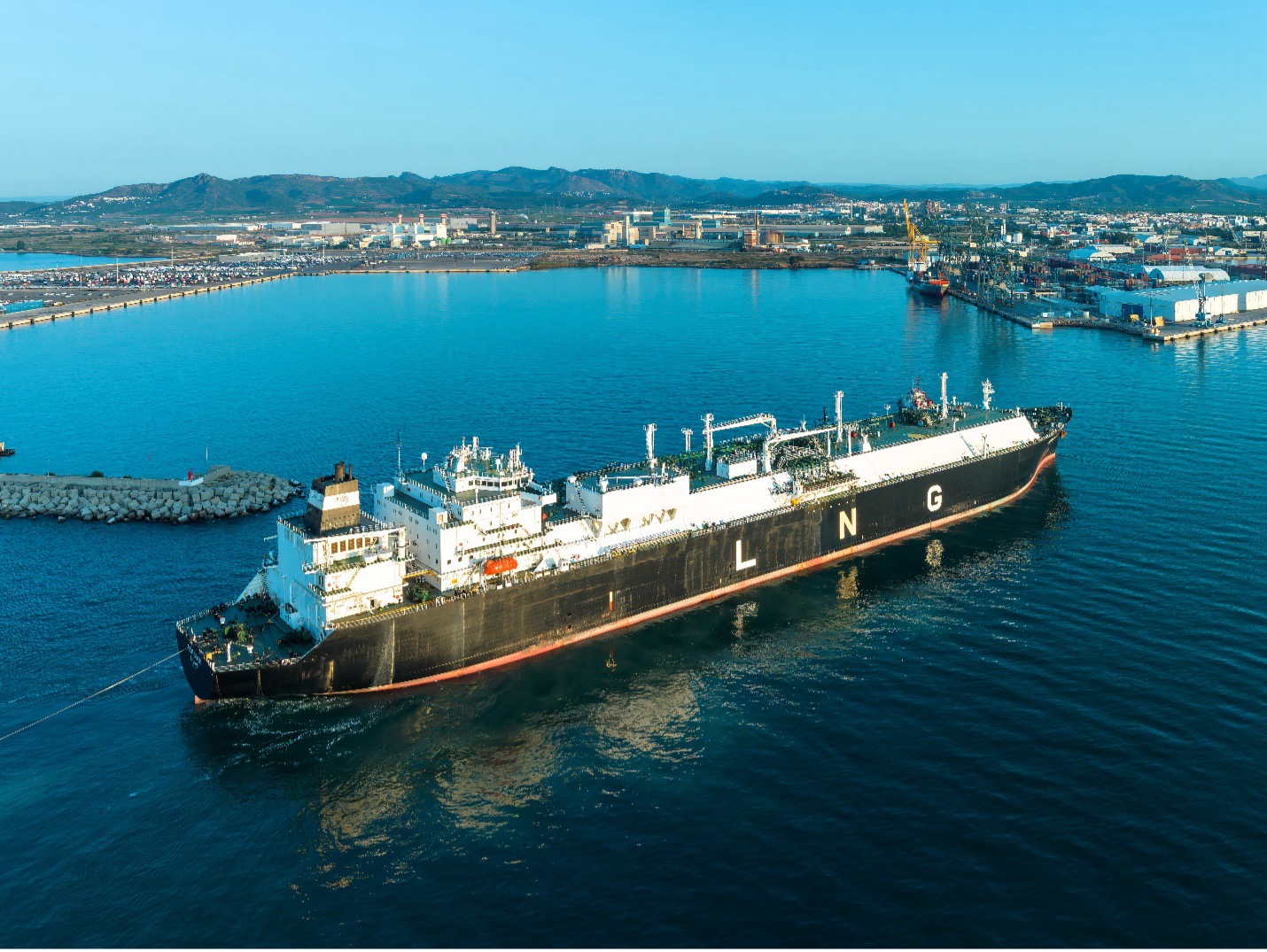Detecting and responding to marine invasive species rooted in ballast water
March 5th, 2024
Detecting and responding to marine invasive species rooted in ballast water amidst the continuous surge in maritime traffic, a trajectory expected to persist into the foreseeable future, there has been a pronounced escalation in incidents linked to Harmful Aquatic Organisms and Pathogens (HAOP) within port areas in recent years. This alarming trend emphasises the escalating importance of effectively confronting challenges associated with water safety and risk management in our vital port zones.
In a significant leap forward, the EU-funded Iliad project, dedicated to constructing digital replicas of our oceans known as Digital Twins of the Ocean (DTOs), is advancing its mission.

| Photo By: Antonio Alcaraz
Spearheaded by SPA/RAC, RAMANI, and Fundación Valencia Port, the project is introducing a specialised DTO designed to tackle the challenges posed by Harmful Aquatic Organisms and Pathogens (HAOP) along Spain's coastal regions. Dubbed the "Next Port of Call Risk Assessment (NPOCRA)" project, this innovative initiative seamlessly integrates into the RAMANI platform.
Leveraging high-resolution forecasting, Sentinel data, on-site observations, and contributions from citizen science, the NPOCRA service plays a pivotal role in delivering essential advisories on ballast discharges.
Beyond providing real-time assessments of invasive species risks, the DTO enhances forecasting for the spread of invasive species and facilitates the simulation of diverse scenarios for evaluating HAOP pollution.
Positioned as an intelligent tool, the NPOCRA service, as part of the Iliad project, seeks to guide cargo shipping companies in implementing the Ballast Water Convention, with potential extensions to monitor various other forms of maritime waste. This proactive risk assessment not only mitigates environmental impacts but also champions sustainable maritime cargo transport, concurrently reducing potential non-compliance costs.
Key Features:
- Real-time HAOP risk assessment: NPOCRA provides continuous, real-time assessments of HAOP risks in ports, utilising advanced forecasting and observational data.
- Advanced invasive species Forecasting: the DTO enhances forecasting for invasive species spread, offering a sophisticated tool for evaluating pollution scenarios related to HAOP.
- Enhancing environmental compliance and sustainability in maritime cargo transport: the DTO proactively assesses risks related to maritime waste, guiding cargo shipping companies in compliance with the Ballast Water Convention. This promotes sustainable cargo transport and reduces non-compliance costs.
Progress and Achievements:
- Co-design of the minimum viable product/value-proposition (MVP) for the Invasive Species Risk Assessment service.
- Establishment of a working group focused on Ballast Water.
- Teaming up with stakeholders to allow for a regional approach and the shipping operators they serve.
- It has been determined that a regional approach is preferred to align differences in ballast water regulations since the DT is most effectively utilised to simplify Ballast Water Management (BWM) exemption procedures, aiming to minimise threats from HAOP.
- Launch of a call for consultancy for the development of a NIS monitoring programme and early warning system in the port of Sagunto.
Future Plans:
- Expand the evaluation of user needs by partnering with additional stakeholders, enabling a regional strategy and enhancing their ability to better support shipping operators.
- Identify possible risks presented by Non-Indigenous Species (NIS) and establish procedures for immediate intervention and mitigation.
- Identifying the challenges and weaknesses in the control of ballast water management.
- Investigate the use of eDNA assessment for HAOP.
- Carry out a sampling of species in the Port of Sagunto.
The next steps:
At present, we are in the process of initiating a consulting service to seek an expert with technical and scientific proficiency for the implementation and development of a program to monitor Non-Indigenous Species (NIS) and ballast, along with an early alert system in the port of Sagunto (Spain), utilising environmental DNA (eDNA).
It constitutes the initial phase, serving as the foundation for a subsequent Phase 2 consulting endeavour. The second phase will engage a specialised company responsible for gathering data and conducting fieldwork, building upon the insights and conclusions derived from the initial consulting phase.
Through the utilisation of advanced scientific methodologies and monitoring techniques, this consulting initiative aims to establish a robust framework. This framework not only identifies potential threats posed by NIS but also sets up mechanisms for prompt intervention and mitigation. The overarching objective is to preserve the ecological balance of the port and its adjacent waters while fostering sustainable and responsible maritime activities.

Harbour Pilot

